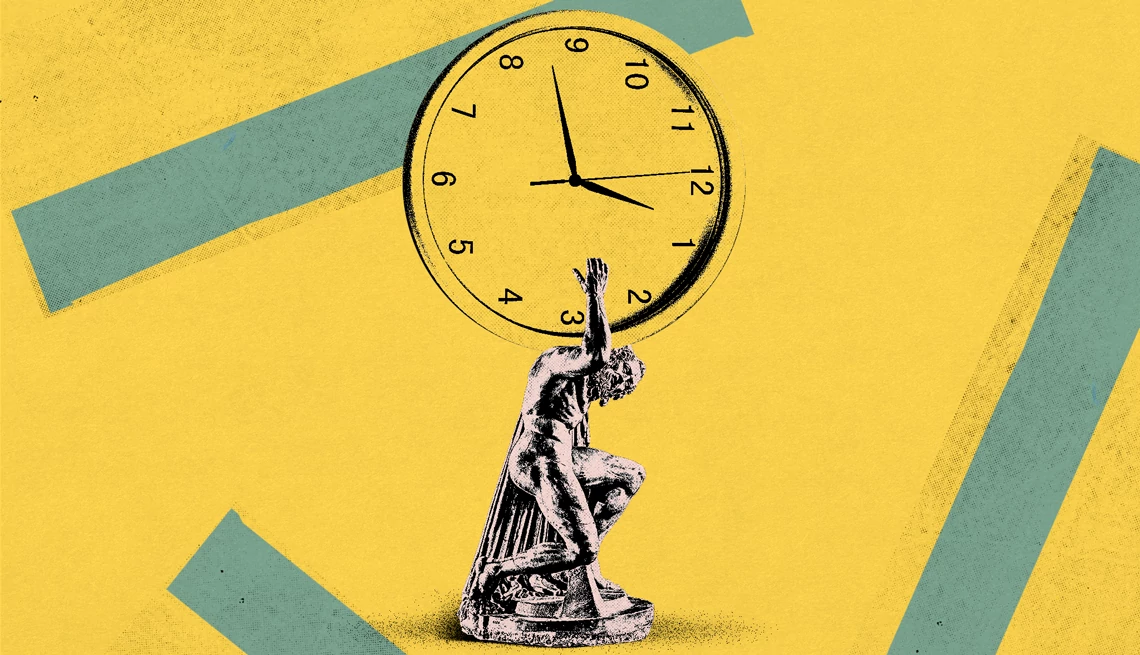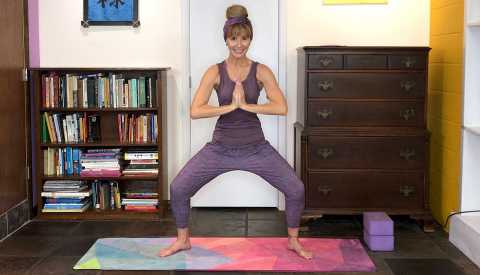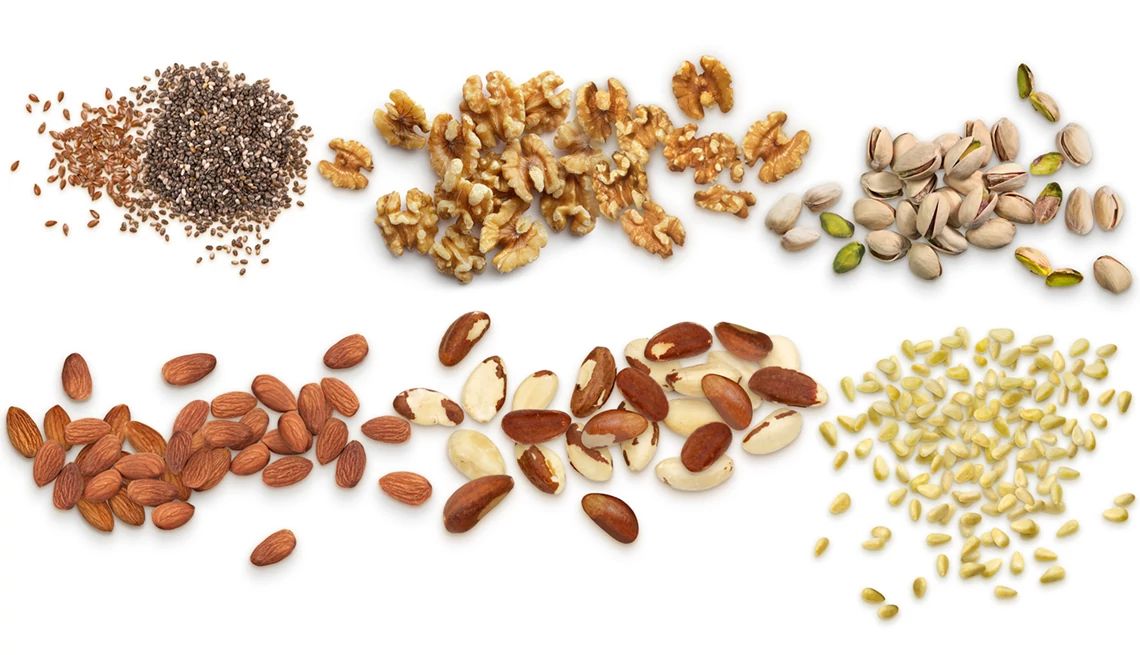AARP Hearing Center
Health News You Can Use


AARP Membership — $15 for your first year when you sign up for Automatic Renewal
Get instant access to members-only products and hundreds of discounts, a free second membership, and a subscription to AARP the Magazine.
Video Spotlight
Healthy Eating
AARP IN YOUR STATE
Find AARP offices in your State and News, Events and Programs affecting retirement, health care and more.
Features & Resources

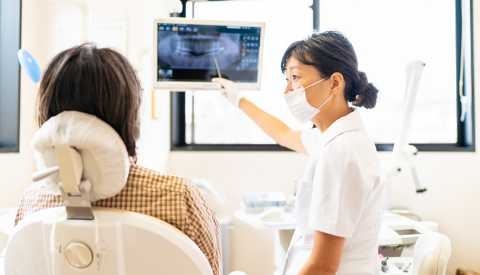
Dental Health
Teeth and Your Health


Quiz
Eye Protection Quiz

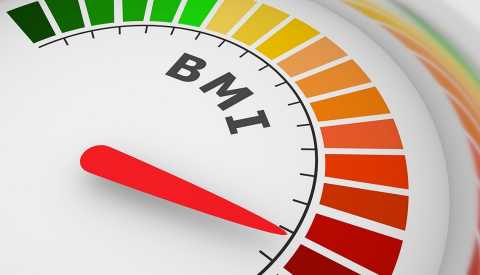
Weight Loss
BMI Calculator

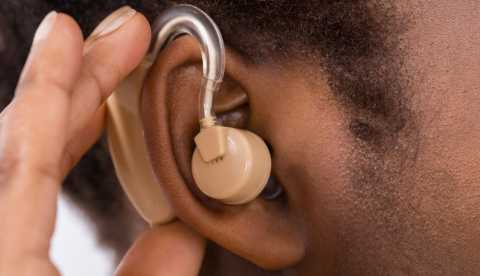
Hearing Health































































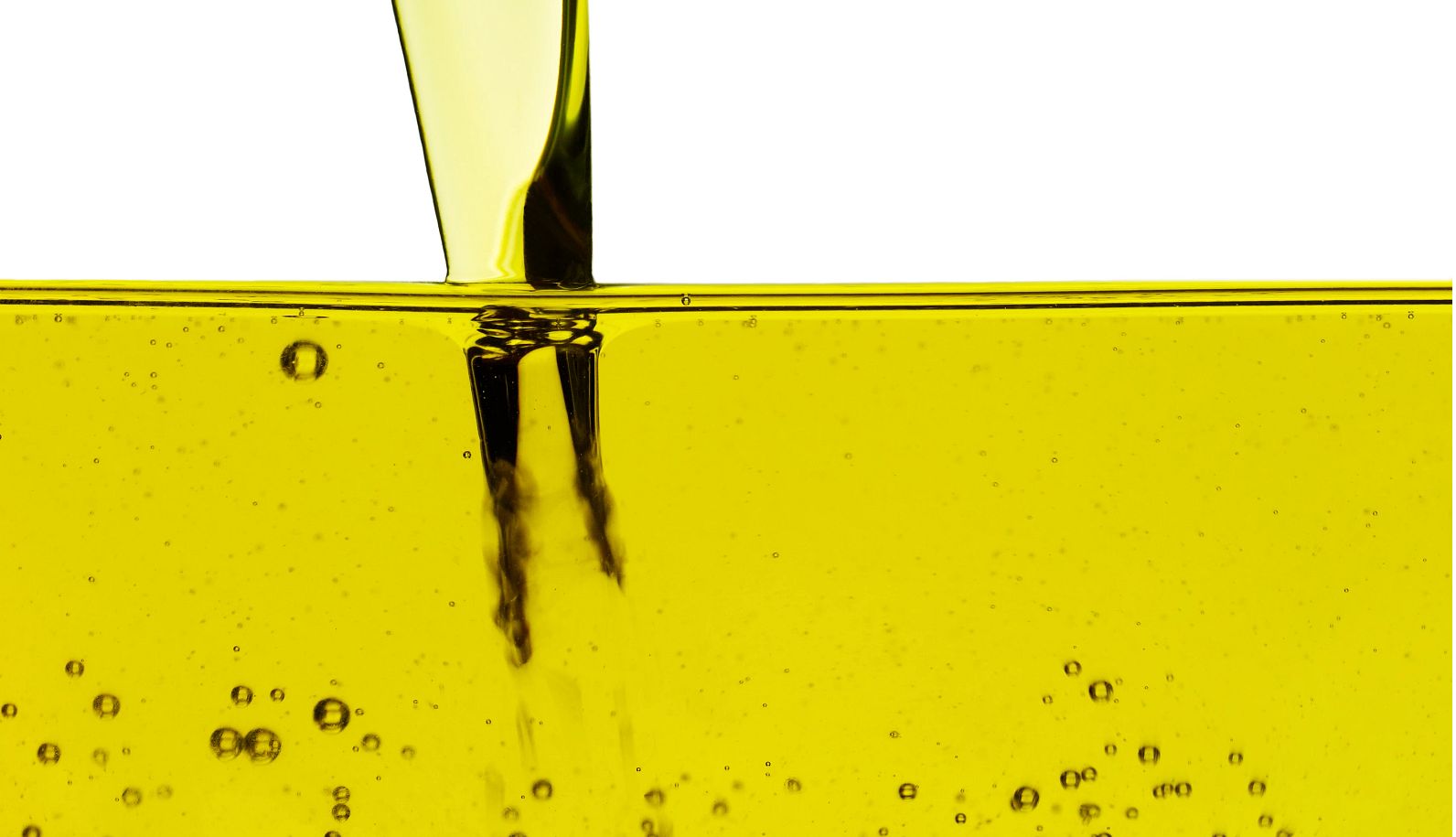




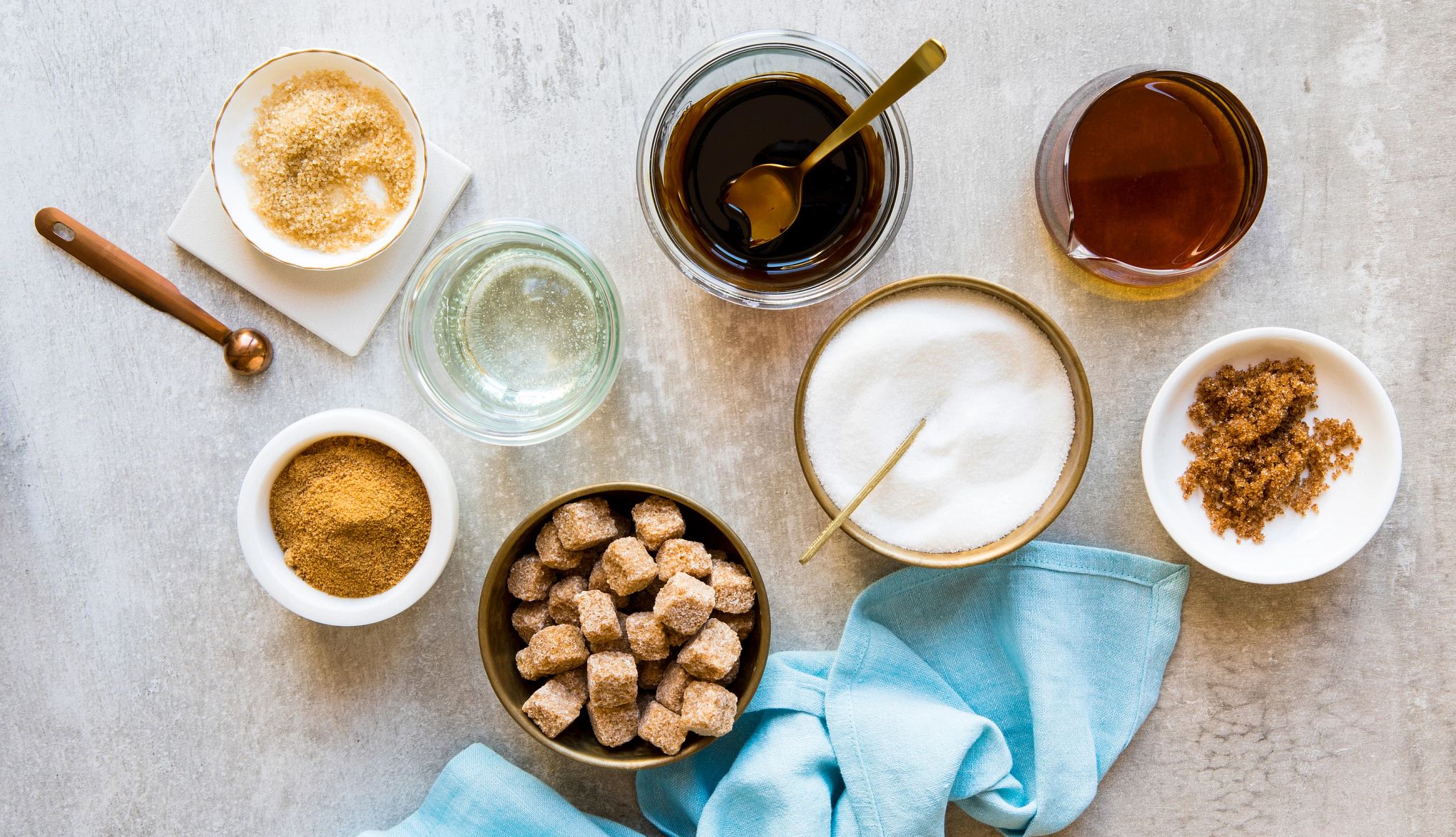

.jpg?crop=true&anchor=44,0&q=80&color=ffffffff&u=pwhw75&w=1960&h=1126)
